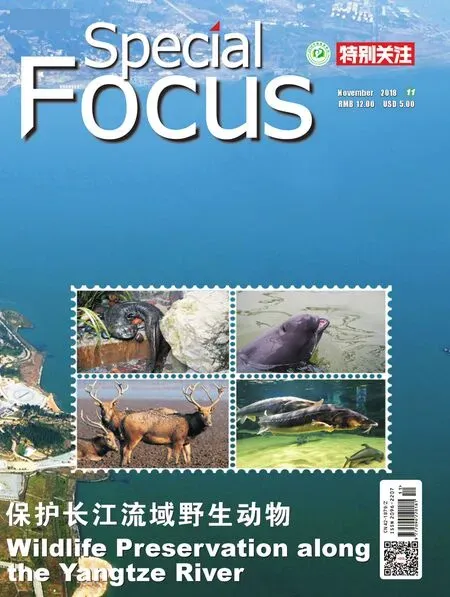The Farther from Its Origin, the Better the Product
By Cen Rong

If you’ve seen the documentary A Bite of China, you will deem that the best food comes from its place of origin. In the film, they explain it this way:“(Lin’an City.) When the Lei bamboo season comes to an end, the story of the mountaineers’food has just begun. Under the broken branches and withered leaves, a slit appears in the soil, showing the emerging bamboo shoots,which is a very rare type known as‘yellow mud arch.’Only three or four of these can be found on a whole mountain. It has a finer,more delicate and crisper texture than any other spring bamboo shoots, with a taste miraculously similar to pears. What is even more amazing is that the quality of‘yellow mud arch’degenerates very quickly after it is unearthed.As a result, the time from harvesting to processing must be calculated in minutes.”
The taste of seasonal bamboo shoots in Lin’an might be better than that of any other places,but what about other foods?Cantaloupes in Xinjiang, Aksu apples, Korla pears, Tianjin pears, and mangos and coconuts in Hainan... Are they all better locally than elsewhere?
The answer might surprise you.From an economic point of view,the farther away from the place of origin, the better the quality. This applies to many foods, but how can that be the case?
Armen Albert Alchian, an American economist, once asked a critical question. Florida oranges are famous and sold throughout the country, but why is the quality of oranges sold in New York generally better than those sold in Florida? Alchian explained that the sale prices of good oranges and poorer ones include transportation costs.Since the cost of freighting is fixed, it is more cost-effective to sell better quality fruits. That way consumers in New York will be more willing to pay the higher price, which in turn will stimulate retailers to increase their supply.
Alchian’s students referred to this phenomenon as the“citrus principle.” Since fruit traders have to transport fruits over long distances and pay the same amount for transportation, they are incentivized to pick the best fruit for sale. This phenomenon not only occurs for Florida’s oranges but also applies to Washington’s apples, the best of which are shipped to the East Coast (hence the alternate name:“Washington Apple Phenomenon”). The imported fruits we see in supermarkets are uniform in size and attractive in color, while the fruits produced locally are often scarred and ugly.
This question is also addressed in the documentary A Bite of China.“(Diqing Tibetan Autonomous Prefecture.)Matsutake acquisition adheres to a strict rating system, with 48 different levels. Matsutakes are strictly sorted out by levels according to their places of origin and carefully processed by merchants at the fastest speed,since it has a preservation limit of three days. The purchase price of one matsutake in Diqing is 80 yuan, but 6 hours later, it will appear in a supermarket of Tokyo at the price of 700 yuan...” The matsutakes one gets in Tokyo is definitely better than those you can buy in Diqing because only the best matsutakes are worthy of being selected out and shipped to Japan.
In addition to food, we also encounter this phenomenon in our daily lives. When writing a book about gambling, Daniel Seligman, the editor of Fortune magazine, observed a pattern. In Las Vegas, a gambler coming from afar tends to lose more money than one living nearby. Similarly,we will also find that people binge shopping in boutique shopping malls are often guests from afar.The reason behind this is the same as the“citrus principle.”Since guests need to pay a high amount for airfare and hotel fees,they might as well play two more hands in the casino or buy more bags in the shopping mall.

